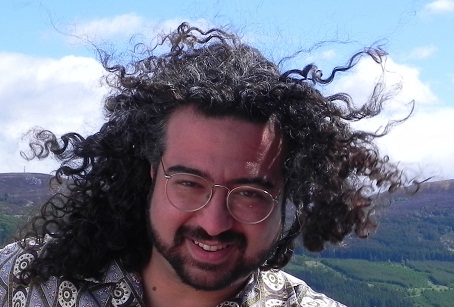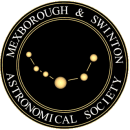Multi- Messenger Astronomy.
Guest Speaker
Thursday, 18th August 2022 (19:45 - 22:00)
Venue: Virtual Meeting
Astronomy has relied on a single messenger to convey information about the cosmos for the majority of its lengthy history: the photon. Light's quanta, or photons, may transport a huge quantity of data over a variety of wavelengths. For the purpose of detecting photons, such as radio waves, microwaves, infrared light, visible light, ultraviolet light, x-rays, and gamma rays, telescopes have been constructed. Although the nature of the cosmos is revealed to us through every wavelength we perceive, there are still information channels that are used by other messengers. The first of them was neutrinos, which have been employed for astronomy since the 1980s and for which neutrino astronomy received a portion of the 2002 Nobel Prize in Physics. Ultra-high energy cosmic rays are another such messenger that we have been able to detect at large-scale observatories since the 1990s / 2000s. The most recent addition to the astronomy toolkit is gravitational waves, first detected in the 2010s. Multi-messenger astronomy is the nascent science of using two or more of these techniques together to learn more than any individual method could do on its own. In this presentation, I will discuss each of the different methods, and then present the latest results of this vibrant new field.
Speaker: Dr. Matthew Malek
Matthew may be the only physicist you ever meet who has gone SCUBA diving in a particle physics detector. After starting uni with the intention of a career in cognitive psychology, he accidentally got sidetracked in to particle physics. Matthew cut his professional teeth at the Kamioka Observatory in Japan, where he earned his doctorate by using the Super-Kamiokande experiment to hunt for relic neutrinos from ancient supernovae in the early universe. After completing his degree, Matthew continued to wander the far corners of the globe, studying ultra-high energy cosmic rays at the Pierre Auger Observatory in Argentina and then searching for dark matter in Italy’s Gran Sasso underground laboratory.
In 2006, he made Oxford his home, and in 2010 he returned to his first love: Neutrino research. When not probing the mysteries of the universe, Matthew can be found ringing church bells, running, swimming, cycling, or hiking. He is an avid theatre buff, and recently completed his long-term goal of seeing every one of Shakespeare’s plays performed live on stage.

